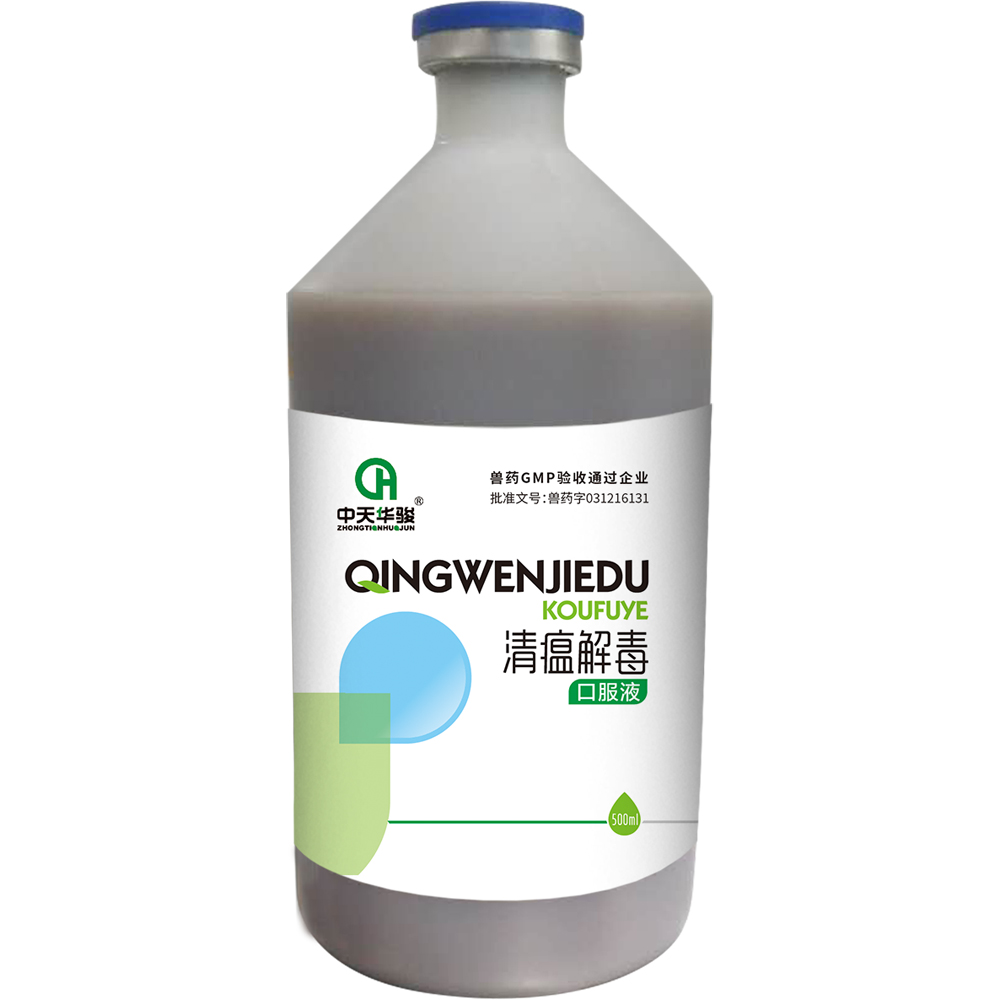
Oct . 22, 2024 12:40 Back to list
Sodium Nitrite Safety Data Sheet and Supplier Information Overview
Understanding Sodium Nitrite Safety Data Sheets and Supplier Considerations
Sodium nitrite, a chemical compound with the formula NaNO2, is a well-recognized substance used in various industries, ranging from food preservation to pharmaceuticals. Understanding its properties, safety concerns, and sourcing it from reliable suppliers is essential for businesses and professionals who work with this compound. This article will delve into the significance of Safety Data Sheets (SDS) in the context of sodium nitrite and outline key factors to consider when selecting a supplier.
What is Sodium Nitrite?
Sodium nitrite appears as a white to slightly yellow crystalline powder and is soluble in water. It is mainly used as a food additive, particularly in cured meats, to inhibit bacterial growth and enhance color. Beyond food processing, sodium nitrite serves critical functions in the chemical industry, such as in the manufacture of dyes, pharmaceuticals, and as a corrosion inhibitor in various applications.
While it has beneficial uses, sodium nitrite also poses certain health and environmental risks. Therefore, understanding safety protocols and getting the appropriate information from Safety Data Sheets (SDS) becomes vital.
Importance of Safety Data Sheets (SDS)
Safety Data Sheets are essential documents that provide information about the properties of a chemical substance or mixture. They are crucial for ensuring safe handling, storage, and disposal of chemicals. For sodium nitrite, the SDS contains the following key information
1. Identification This section includes the product name, synonyms, and contact details of the supplier. It provides users with vital context regarding the chemical composition of sodium nitrite.
2. Hazards Identification The SDS highlights potential hazards associated with sodium nitrite, including health risks such as toxicity, irritation, and potential carcinogenic effects. It will include the hazard classification according to global standards, making it easier for users to understand the compound's risks.
3. Composition and Information on Ingredients Details regarding the chemical identity and concentration levels of sodium nitrite are listed, important for those needing to understand exposure limits.
4. First-Aid Measures Guidance on the appropriate first-aid measures to take in case of exposure or accidents is included. In the case of sodium nitrite, this may involve specific treatments for ingestion or inhalation.
5. Firefighting Measures This section outlines the appropriate extinguishing methods for sodium nitrite fires, given that it can be reactive under certain conditions. Understanding its flammability and reactivity can be crucial for workplace safety.
6. Handling and Storage Guidelines for the proper handling and storage of sodium nitrite are essential for preventing accidents and exposure. This includes temperature control, incompatible materials, and methods of containment to avoid spills.
sodium nitrite sds supplier

7. Accidental Release Measures The SDS includes protocols for dealing with spills or leaks, which helps in minimizing environmental impact and workplace safety threats.
8. Regulatory Information This details legal regulations governing the use and transportation of sodium nitrite, ensuring compliance with local and international laws.
Choosing a Reliable Supplier
When sourcing sodium nitrite, selecting a trustworthy supplier is crucial for quality control and safety compliance. Here are some factors to consider
1. Certification and Compliance Ensure the supplier complies with relevant regulations, such as OSHA standards, and ISO certifications. Compliance indicates adherence to safety and quality standards.
2. Quality Assurance Look for suppliers who provide detailed product specifications and certificates of analysis. High-quality sodium nitrite ensures safety and efficacy in your applications.
3. SDS Availability A reliable supplier should readily offer comprehensive Safety Data Sheets for all their products, including sodium nitrite. This transparency is crucial for safe handling and informed decision-making.
4. Reputation and Reviews Research the supplier's reputation in the industry. Look for customer reviews and testimonials that speak to their reliability, customer service, and product quality.
5. Technical Support Suppliers who offer technical assistance can help customers understand the best practices for using sodium nitrite safely and effectively.
6. Cost Considerations While price is important, it should not be the only criterion. Cheaper alternatives may compromise quality or safety, leading to greater risks down the line.
Conclusion
Sodium nitrite plays a significant role in various sectors, but its handling requires utmost caution due to the associated health and safety risks. Safety Data Sheets are essential tools that provide critical information for safe usage, allowing businesses to protect their workers and comply with regulatory requirements. By choosing a reputable supplier who offers comprehensive SDS, organizations can ensure they are using sodium nitrite safely and responsibly, fostering a safer working environment and achieving operational efficiency.
-
Premium Young Chicken - Leading Young Chicken Manufacturer & Supplier for Fresh Poultry Needs
NewsJul.08,2025
-
Enterococcus Faecalis Mold Remover – Powerful & Safe Solution from Trusted Manufacturer
NewsJul.08,2025
-
Premium Diarrhea Treatment Solutions Leading Diarrhea Factories & Suppliers
NewsJul.08,2025
-
High-Quality Blisters Manufacturer & Supplier Reliable Blisters Factory
NewsJul.07,2025
-
High-Quality Skeleton Development Services Leading Factory, Manufacturer & Supplier
NewsJul.07,2025
-
High-Quality Cockscomb Turns White Reliable Manufacturer & Supplier Factory
NewsJul.07,2025




